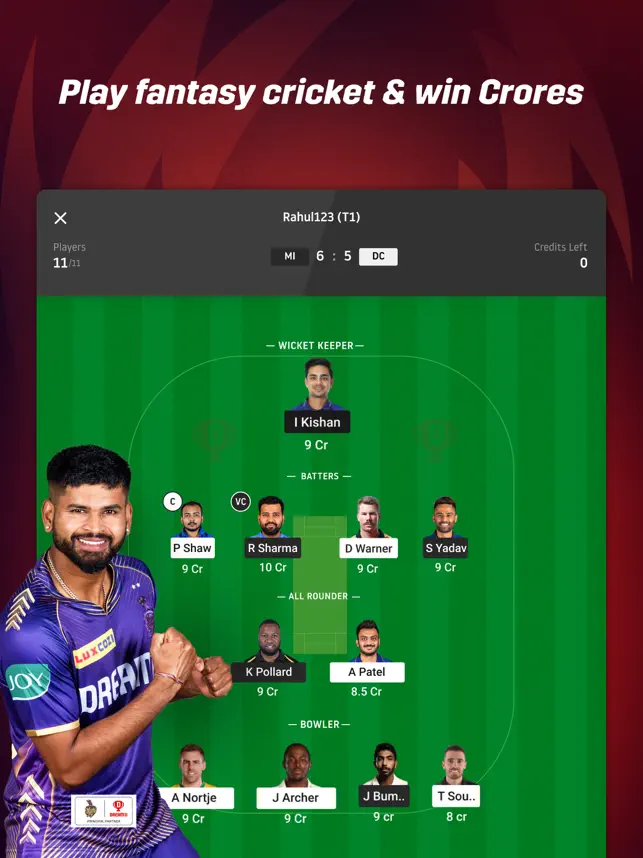Faceted navigation can be easily explained as a navigation system that helps users to have a user-intuitive interface. This interface helps users to easily navigate through while dealing with a large number of products and statistics of a similar kind. But oftentimes, because of faceted navigation, your SEO might face several types of issues, which can affect your website. So, we are going to list down some best fixes that help in adjusting the navigation for your e-commerce website.
- Run a crawl
In most times, we often see websites have contents that are duplicate; this lets the bots crawl it and refuses to index it. This can hamper the reputation or authority of the pages or contents that you want to get crawled and indexed. So, to eradicate that, you need to find it in the first place. Firstly, use Google’s own Google Search Console to crawl websites and figure out the crawling ratio. Now what you need to do is thoroughly crawl your website with any paid crawling tools like Screaming Frog, DeepCrawl, or your preferred crawling tools or others, which can give a full list of URLs, duplicates, and errors.
- See if the pages are indexable
It is an obvious problem for everyone when Google crawls over your pages and doesn’t index your content. But the problem gets severe when Google crawls and indexes duplicate or wrong pages. This is harmful to your website, as because of the poor search experience by the users, your organic traffic and site authority will get impacted. To counter that, you must search for any of your category pages. If the search returns a long list of indexed pages, then there’s a problem that is needed to be fixed.
- Set canonical tags
After spotting out every problem, it is time to take the best measure to optimize your SEO. So, for that, you must take a look at your website’s canonical tags. Canonical tags alert Google of the preferred version when there are similar pages. Canonicalizing to the root category page is much needed. Faceted search creates a type of URL for your eCommerce website, but later it becomes your duty to slim and trim it so that it becomes easier for users to understand the need.
- Disallow via robots meta tag or X-robots-tag
Many times faceted navigation creates URLs that you don’t want the search engines and crawlers to index. However, you can disallow them with the help of robots meta tags. All you need to do is add the noindex tag in the <head> section on each page you wish to block
Here is tag: <meta name=”robots” content=”noindex”>
Furthermore, you can do more, like customizing tags that only allows Googlebot, so below is the tag:
<meta name=”robots” content=”noindex, nofollow”>
Adding X-robots-tag will also help you when there is a huge number of pages. This X-robots meta tag helps in disallowing a range of products from a specific directory from being crawled or indexed.
- NOFOLLOW internal links
It is best to add a nofollow tag to the link when you add an internal link of a page that has more than two facets applied to it. This tells the bots not to crawl on those websites. Not adding nofollow will let bots crawl into that page and will steal link equity from pages that are important to you.
Google’s new addition of link attributes like rel=”sponsored” and rel=”ugc” will help Google in prioritizing pages.
Conclusion:
You can continuously keep on enhancing and tweaking your faceted navigation for fixing issues and prioritize things accordingly. Following these practices will keep your search engines and users satisfied all at one time.
My name is Sardar Ayaz a professional content writer and SEO expert having Proven record of excellent writing demonstrated in a professional portfolio Impeccable grasp of the English language, including idioms and current trends in slang and expressions. I have ability to work independently with little or no daily supervision with strong interpersonal skills and willingness to communicate with clients, colleagues, and management.
I can produce well-researched content for publication online and in print, organize writing schedules to complete drafts of content or finished projects within deadlines. I have 12 years’ experience to develop related content for multiple platforms, such as websites, email marketing, product descriptions, videos, and blogs.
I use search engine optimization (SEO) strategies in writing to maximize the online visibility of a website in search results











